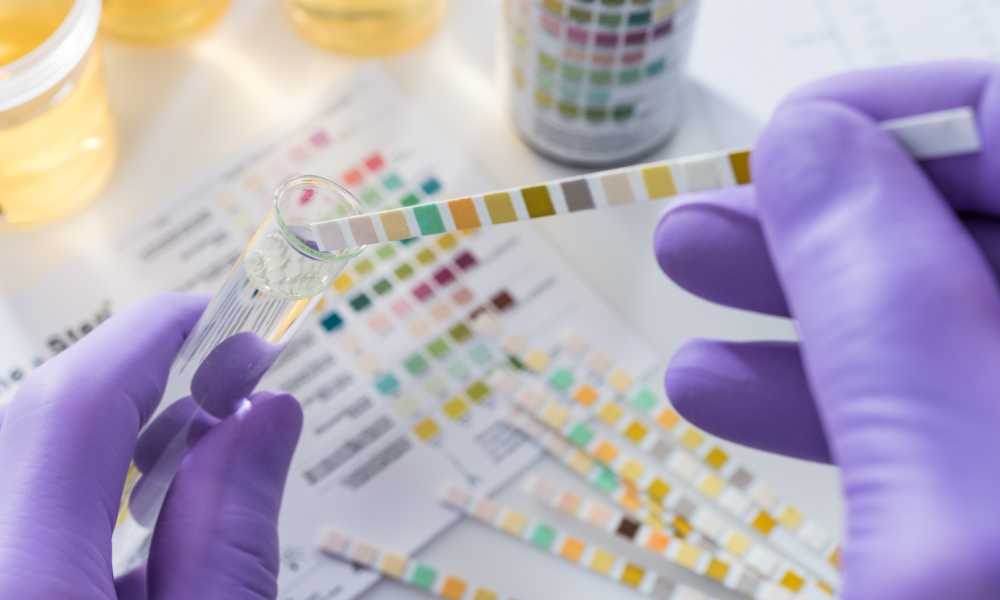
Businesses should understand 'potential impact on employee safety, workplace productivity, and company reputation,' says expert

THC emerged as the most prevalent substance detected in workplace drug tests in New Zealand in the third quarter of 2024.
The Drug Detection Agency (TDDA) said tests taken between July and the end of September this year showed a 4.55% overall positive rate.
The most prevalent substance detected in New Zealand is THC, accounting for 72.9% of cases, according to the TDDA.
THC, which stands for tetrahydrocannabinol, is an active ingredient found in the Cannabis sativa plant. The New Zealand Police said the more THC in a plant, the "stronger its effects when used as a drug."
Meanwhile, other substances detected in workplace drug tests include:
To ensure a safe and productive workplace, the TDDA said being informed and prepared is crucial.
Organisations should update their drug and alcohol policies, educate themselves, as well as train key personnel to recognise signs of substance misuse, according to the TDDA.
"Businesses across New Zealand should be cognisant of the prevailing drug testing trends and the potential impact on employee safety, workplace productivity, and company reputation," said Glenn Dobson, CEO of TDDA, in a statement.
Dobson noted that substances like cannabis and methamphetamine can "significantly affect workplace safety."
"Symptoms may include impaired judgement, decreased coordination, and delayed reaction times. Anyone using these substances should not be operating vehicles or heavy machinery," he said.
The TDDA's findings were unveiled in its new Imperans Report, a quarterly workplace drug trends report with the aim of highlighting drug and alcohol usage trends in workplaces.
This year's data were aggregated and anonymised from fixed and mobile clinic operations throughout Australasia. They include data from pre-employment, post-incident, and random testing that has been combined.